I am working on ggplot2 to reproduce a double y axis plot. The basic dataframe I am working on is s4 (I will include dput version in the final side). My dataframe is composed of an id variable and two continuous variables x and y. The code I use for the plot is the next:
library(dplyr)
library(ggplot2)
library(tidyr)
#Transform
DF_long <- s4 %>%pivot_longer(names_to = "y_new", values_to = "val", x:y)
#Plot
ggplot(DF_long, aes(x=id)) +
geom_bar( aes(y = val, fill = y_new, group = y_new),
stat="identity", position=position_dodge(),alpha=.6) +
scale_fill_manual(values = c("blue", "red")) +
scale_y_continuous(sec.axis = sec_axis(~.*0.1))+
theme(axis.text.x = element_text(size=7,color='black',face='bold',angle = 90),
axis.text.y = element_text(size=7,color='black',face='bold'),
plot.title = element_text(hjust = 0.5,size=14,face="bold"),
axis.title=element_text(size=10,face="bold"),
strip.text.x = element_text(size = 8, face = "bold"),
legend.position = "top",legend.title = element_blank(),panel.grid = element_blank(),
legend.text = element_text(face='bold'),
axis.title.x = element_blank())
The code works but it does not produce my desired output. I got this plot:

My issue is that I can not visualize the x variable due to the limits of the both y-axis. I would like to be able to see both variables. Please could you help me to adjust my plot in my code. The dput version of s4 is next:
s4 <- structure(list(id = c("s1", "s2", "s3", "s4", "s5", "s6", "s7",
"s8", "s9", "s10", "s11", "s12", "s13", "s14", "s15", "s16",
"s17", "s18", "s19", "s20", "s21", "s22", "s23", "s24"), x = c(405L,
409L, 257L, 306L, 509L, 103L, 100L, 118L, 41L, 231L, 93L, 255L,
49L, 132L, 305L, 145L, 57L, 124L, 73L, 46L, 115L, 108L, 45L,
26L), y = c(48148371.54, 35373940.7, 5256435.59, 5155308.9, 4155030.89,
3792519.09, 2468987.02, 2264228.41, 2016421.67, 2001806.46, 1971658.78,
1531488.5, 1358481.17, 1331466.48, 1072746.35, 992129.81, 954277.63,
846098.66, 810819.33, 635270.45, 383283.61, 345273.12, 290598.09,
265288.75)), row.names = c(NA, -24L), class = c("tbl_df", "tbl",
"data.frame"))
Many thanks for your help.
